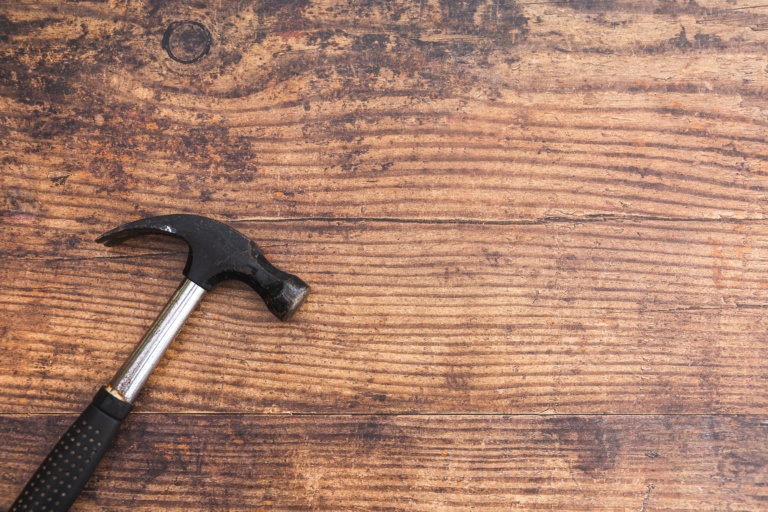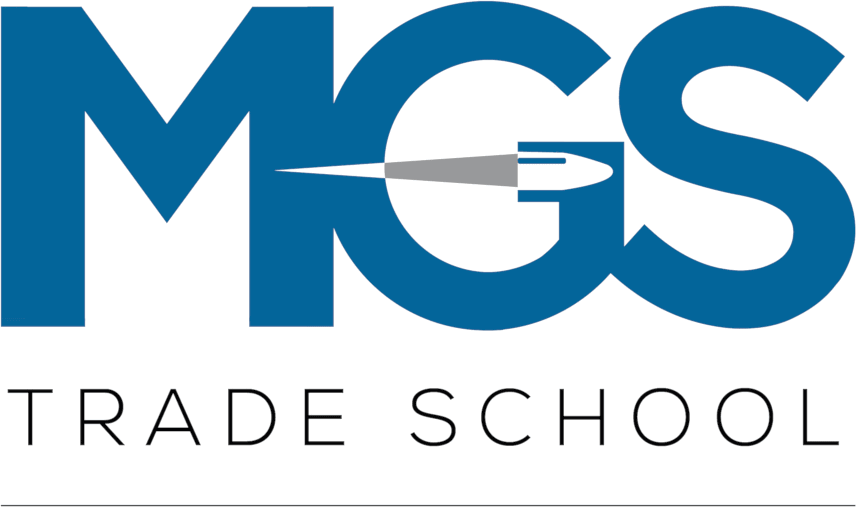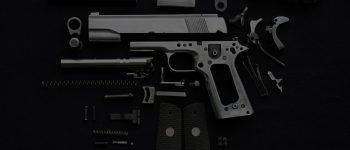Hammers for the Shop
Steel hammers are the subject of this article, as they are invaluable when restoring metal to original configurations.
Skip Walters

One of the tools every gunsmith uses on a daily basis is the hammer. Soft faced hammers are used most commonly for disassembly/reassembly, followed by brass or copper hammers. The lead hammer is also quite useful in certain situations. Woodworking utilizes wooden mallets and dead blow hammers.
Steel hammers are the subject of this article, as they are invaluable when restoring metal to original configurations.
Suppose you encounter a revolver hand that was too worn to function properly. The answer is to lengthen the hand by striking the hand on its side with a cross pien hammer. The metal of the hand will be moved away (in a perpendicular direction) from the cross pien hammer strike. Therefore, the hand will be lengthened by a few thousandths and the hand claw can be stoned back into its functional configuration. This method works on many internal gun parts that have become worn or bent, especially if no replacement parts are available. However, one must be careful not to undertake this action without extensive practice.
Use the steel hammers to reshape damaged screw heads. Many people simply file the screw heads back to a serviceable shape, but forcing the metal back into position prior to filing makes for a much better result.
I use steel hammers in 2, 4, 8 and 16 ounce sizes. All of the striking surfaces are highly polished so they do not leave a mark on the steel object that is to be reshaped. For this reason, I keep my polished hammers separate from my standard use steel hammers.
A hammer that is used to strike another tool can be of any material or face condition. A hammer that strikes the metal of a gun should ALWAYS have a polished face. Remember this rule and you will save yourself a lot of frustration.




